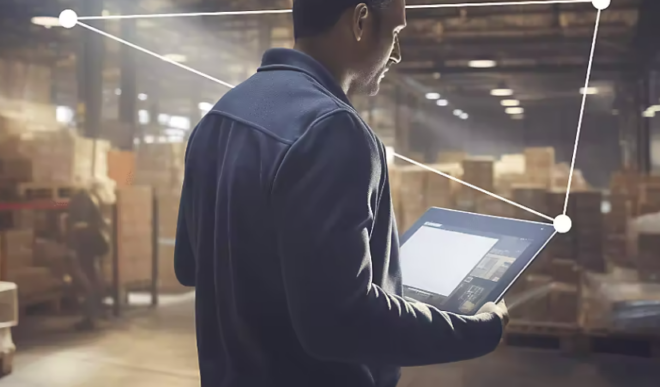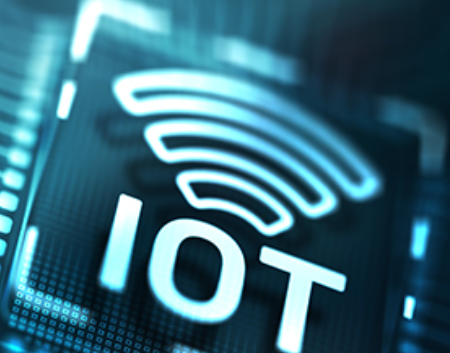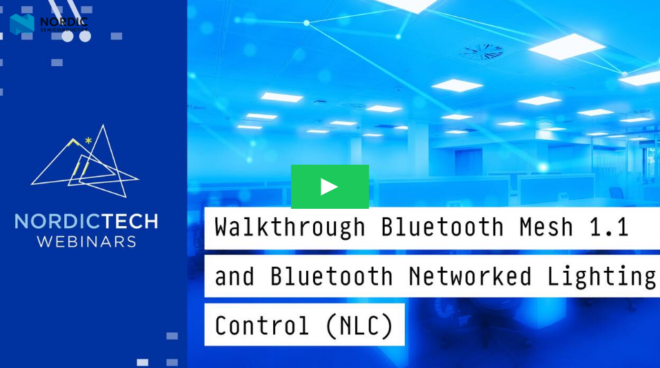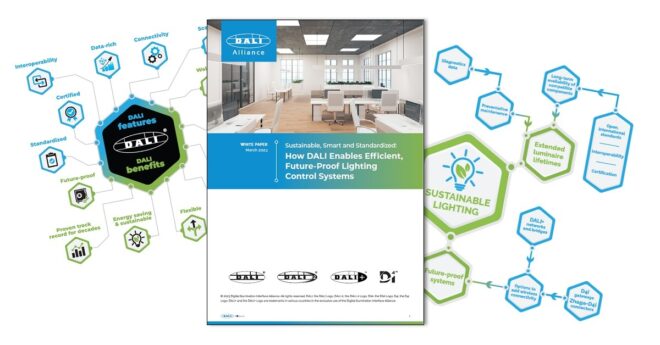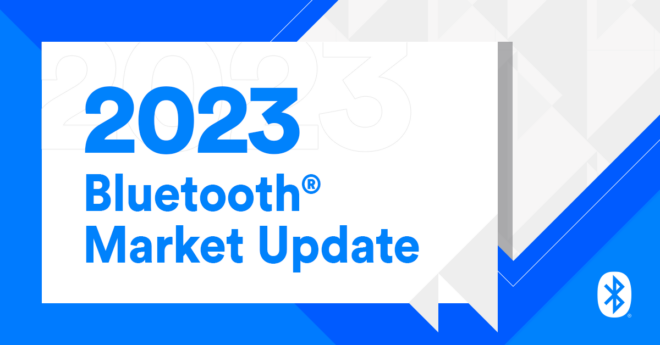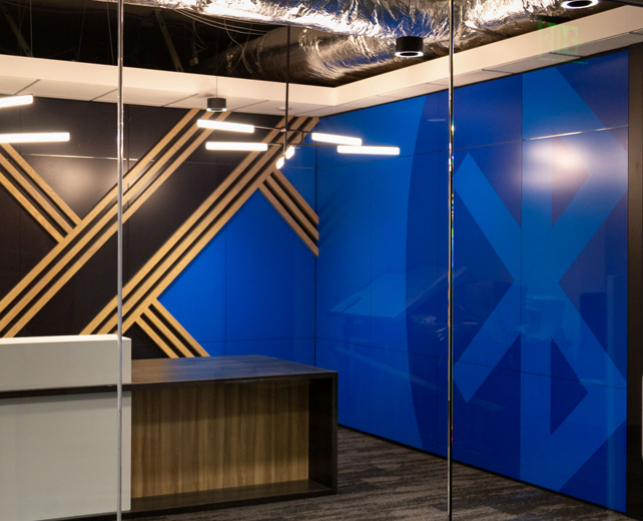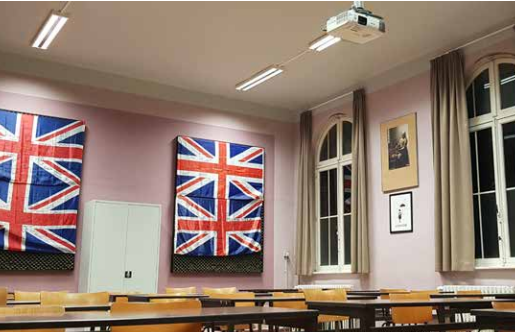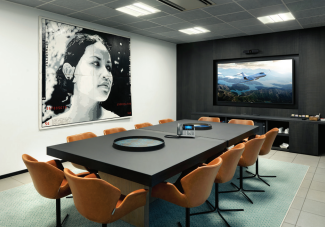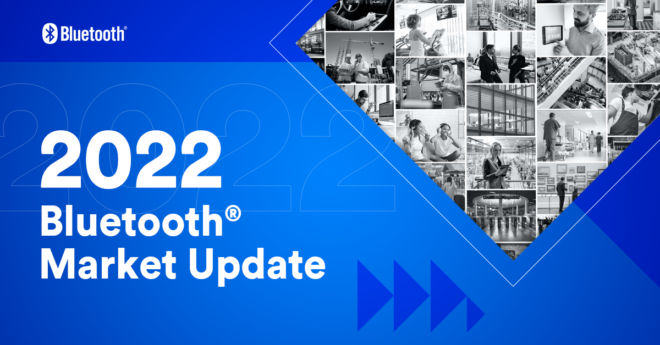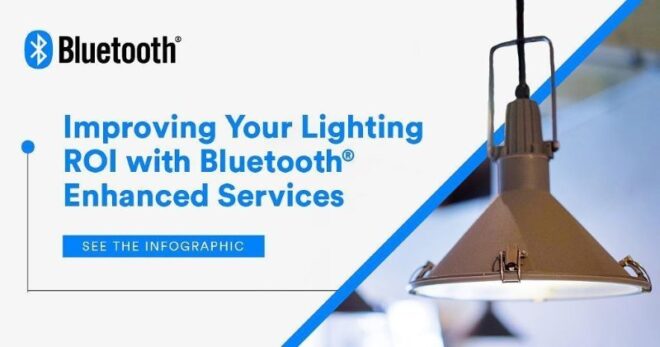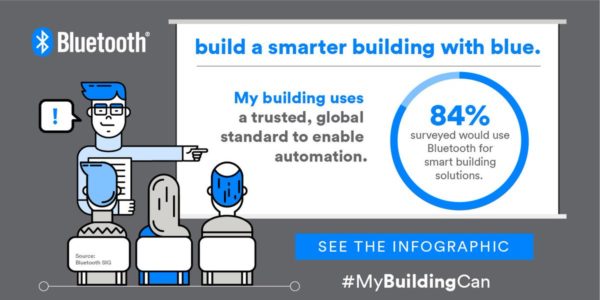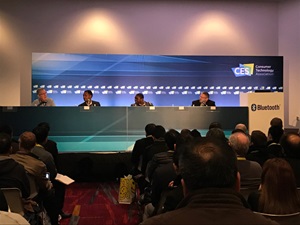
This year, we had the privilege to host some of the top leaders from the associations, companies, standards, and technologies that are building the Internet of Things (IoT) in a three-panel speaking track at CES 2017. As the IoT continues to grow (and rapidly!), the fight to win the consumer is building unscalable walls between use cases, crippling adoption, and limiting innovation. In our sessions, we focused on how to overcome these challenges by working together to put the consumer first. We wanted to know: how can we make the IoT accessible to everyone?
Session 1: The Trillion-Dollar Opportunity
First up, the Trillion-Dollar Opportunity. In this panel, the Bluetooth SIG, ABI Research, Texas Instruments, and Under Armour came together to discuss future trends, consumer demand, and meeting expectations for the IoT. The key takeaways of this panel were clear: we need to create a solid architecture for the IoT, we need to prioritize security, and we need to set standards to ensure interoperability. While the panel was in agreement these were the clear steps to success, it was unclear who would lead the way. It may very well fall to trade associations like the SIG, who work with a variety of companies and in different verticals, to provide the tools, programs, and resources to test and build devices that can work together and give consumers the experiences they demand.
We encourage our member companies to take advantage of our tools and participate in our nonprofit testing event, UnPlugFest, to boost interoperability of Bluetooth devices. We also have a number of working groups that take on the biggest industry challenges, including security, to ensure the quality of the Bluetooth specification and make the Bluetooth experience across all devices the best that it can be. As the panel said, it is the industry’s responsibility to work together – as developers, chip manufactures, and standards organizations – to guarantee the quality our consumers deserve.
Session 2: Making the IoT Connectionless
In our second panel, we were joined on stage by Google, GE Lighting, and BeaconGrid to talk about making the IoT connectionless. By this, we mean that connectivity shouldn’t only be about opening an app and pairing devices. Instead, connectivity should be an all-the-time thing that is less about asking for information, and more about relevant information being delivered to the consumer without action. Real-life scenarios were discussed, including the potential for first responders to have pin-point location accuracy during a disaster or for the blind to be able to navigate through a busy city street.
This lead to a bigger question from our audience: if I can always be found, what happens to my privacy? Google’s Scott Jenson pointed out that some organizations are already experimenting with this. Disney, for example, uses wristbands to track the identities, movements, and financial status of park visitors to allow for a more immersive experience. This is an opt-in system and, while this may work on a small scale at Disney Land, Scott doesn’t see consumers buying into this on a large scale. Having, for instance, an IP address dedicated to you like a Social Security number would lead to far too many privacy and security issues. The future is likely more about detecting your presence than it is about tracking you at all times – motion detection has come a long way and even the more complex gaze detection does not seem that crazy anymore. Ultimately, in a world where our devices are more aware, balancing innovation with privacy is about creating real value for the consumer.
Session 3: Smart Lighting Just Needs to Work
In the last session of the day, Universal Mind, Avi-on Labs, and Cassia Networks cut to the heart of the issue: consumers don’t care about how the IoT works, they just care that it does work – for them. The panel agreed that we, as an industry, need to focus on creating open platforms and standardizations for the IoT in order to encourage innovation without causing fragmentation, and ensure that technologies will work together in one ecosystem. This is especially true when it comes to lighting an entire home or office building.
If our conversation is any indication, throughout 2017 you can expect to hear a lot more about wireless switches for lighting solutions, best practices for managing a lighting solution across multiple people in a single home, and – you guessed it – security concerns, especially when meshing together large number of lighting devices in one network. Even with these challenges, the fundamental concern will still be interoperability.
On this topic, Richard Gunther brought up iDevices and their CES debut of Instant Switch. A Bluetooth® device, Instant Switch acts as a bridge between HomeKit, Android, and Amazon’s Alexa assistant for nearly all iDevices products. What is particularly interesting here is that iDevices, traditionally known as a Wi-Fi-based systems developer, has been building Bluetooth into its extensive lineup of outlets, sockets, switches, dimmers, and lighting products all along – knowing that adding Bluetooth to its devices would increase its options for interoperability. We have often said there is no one technology that will meet all of the needs of the IoT, which is why we introduced our Transport Discovery Service (a common framework for devices to discover and connect – no matter what wireless technology they are using) and improved interoperability and coexistence with other wireless technologies as part of our Bluetooth 5 specification. Once again, the conversation came back to working together to give consumers a better experience.
It’s clear that in order to meet its full potential, the IoT industry needs to put security and privacy first and work together to build a solid foundation that promotes innovation while ensuring scale and interoperability. These issues will only become more of a priority as some of the IoT trends for 2017 start to take off – think voice control, connected cars, and connected healthcare devices. The biggest take away from our panels? 2017 will be the year of consumer-facing connected products that solve real problems.

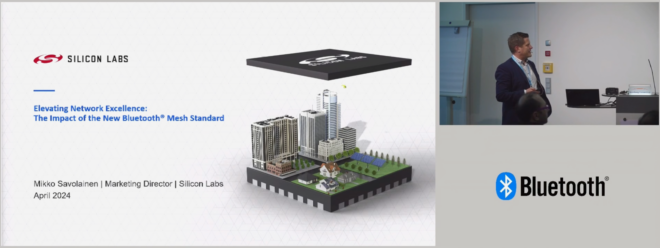

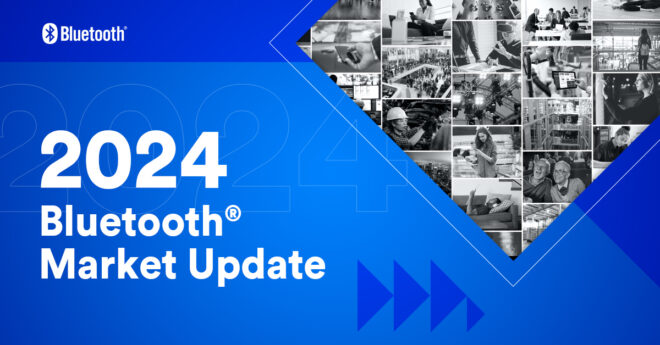
![shutterstock 1653733096[1]](https://www.bluetooth.com/wp-content/uploads/2024/03/shutterstock_16537330961-660x372.jpg)
